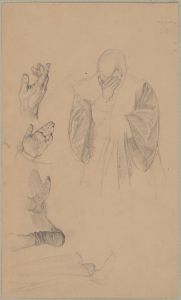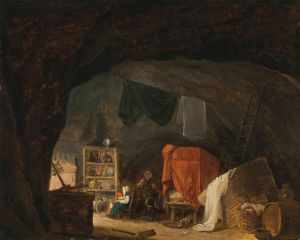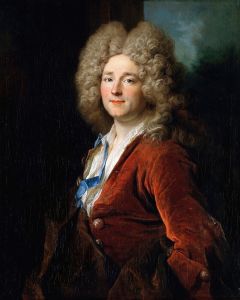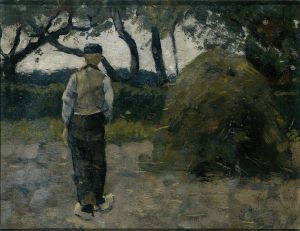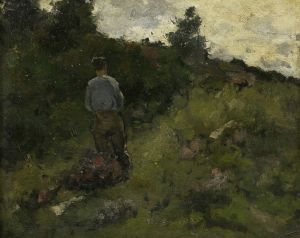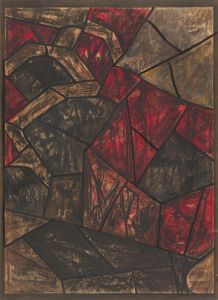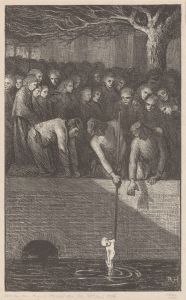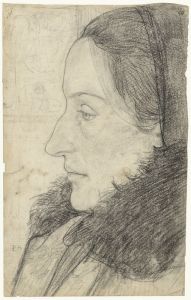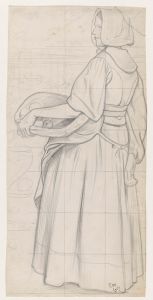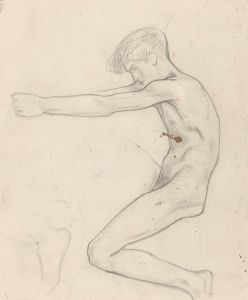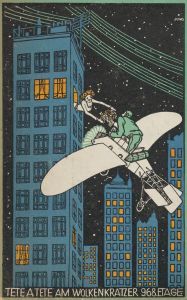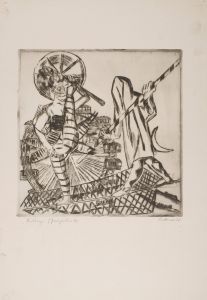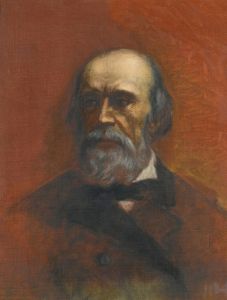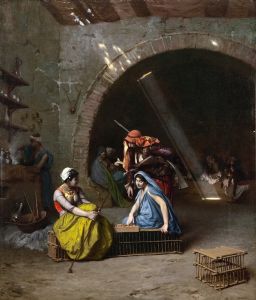
Man, vrouw en kind zittend in een landschap
A hand-painted replica of Richard Nicolaüs Roland Holst’s masterpiece Man, vrouw en kind zittend in een landschap, meticulously crafted by professional artists to capture the true essence of the original. Each piece is created with museum-quality canvas and rare mineral pigments, carefully painted by experienced artists with delicate brushstrokes and rich, layered colors to perfectly recreate the texture of the original artwork. Unlike machine-printed reproductions, this hand-painted version brings the painting to life, infused with the artist’s emotions and skill in every stroke. Whether for personal collection or home decoration, it instantly elevates the artistic atmosphere of any space.
Richard Nicolaüs Roland Holst was a prominent Dutch artist known for his contributions to painting, graphic design, and art education during the late 19th and early 20th centuries. Born on December 4, 1868, in Amsterdam, Holst was part of a family with strong artistic and literary connections. He was married to the poet and socialist Henriette Roland Holst, and his work often reflected the social and political ideals they shared.
Holst's artistic style was influenced by the Arts and Crafts movement and Symbolism, characterized by a focus on craftsmanship, decorative elements, and the use of symbolic imagery. He was also associated with the Amsterdamse Joffers, a group of female artists who were active in Amsterdam during the late 19th and early 20th centuries.
"Man, vrouw en kind zittend in een landschap" (translated as "Man, Woman, and Child Sitting in a Landscape") is one of Holst's works that exemplifies his interest in depicting human figures in harmonious settings. The painting captures a serene scene where a family unit is portrayed in a natural landscape, emphasizing the connection between people and their environment. This theme is consistent with Holst's broader artistic vision, which often sought to convey a sense of unity and balance.
Holst's work was not only limited to painting; he was also a prolific graphic designer and illustrator. He created numerous book covers, posters, and other graphic works, many of which were infused with his characteristic style that combined decorative elements with symbolic content. His contributions to graphic design were significant, as he played a role in shaping the visual language of his time.
In addition to his artistic practice, Holst was an influential educator. He served as a professor at the Rijksakademie van Beeldende Kunsten in Amsterdam, where he taught and mentored a generation of artists. His teaching emphasized the importance of integrating art with life and society, reflecting his belief in the social role of the artist.
Holst's work and ideas were part of a broader cultural movement in the Netherlands that sought to integrate art with social and political life. His commitment to social ideals was evident in both his personal life and his artistic output. He was involved in various social causes and was an advocate for the role of art in promoting social change.
Throughout his career, Holst received recognition for his contributions to the arts. His work was exhibited in various venues, and he was an active participant in the artistic community of his time. Despite the challenges of the changing art world in the early 20th century, Holst remained committed to his vision of art as a force for social good.
Richard Nicolaüs Roland Holst passed away on December 31, 1938, leaving behind a legacy of artistic and educational achievements. His work continues to be appreciated for its aesthetic qualities and its reflection of the social and cultural ideals of his era.





